What is turrón?
Turrón is a nougaty sweet treat made from eggs, sugar, honey and toasted nuts. Almonds are traditionally used, but there are other types sometimes used too, like pistachios. To make turrón, you heat honey until it begins to caramelize, then add the sugar and egg whites. The next step is to add the toasted nuts to the mixture and blend it all together before leaving it to rest and set. It can be kept for up to a year if it is stored properly.
What are the different types of turrón?
While there are lots of different flavoured turrónes available today, in reality there are only two types of turrón. Hard nougat (turrón duro) is known as Alicante nougat and soft nougat (turrón blando) as nearby Jijona nougat because they were originally made in those locations in Spain’s Valencia region.
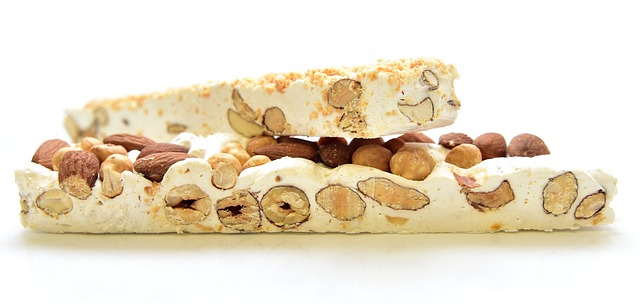
What have the Moors ever done for us?
We owe the origin of nougat to the Arabs. Not only did the Islamic Empire leave its mark architecturally and linguistically, but nougat consumption in Spain is believed to have been around since the beginning of the 11th century. The Arabs called it turum and it was a common dessert that today’s recipe remains quite faithful to. The Moors brought the treat to Europe where it became popular in France, Italy, and most of all, Spain.
Renaissance recipe
In fact, the first nougat recipe appears in a cookbook from the beginning of the 16th century in a “Women’s Manual” kept in the Palatine Library of Parma and the recipe is included in an encyclopedia of the tasks that the high-ranking ladies had to do at home back then.
The turrón tour
Despite Alicante and Jijona’s fame, there are many regions in Spain where nougat is made. Soria is a province with a lot of nougat tradition, having a truly delicious variety of Soriano butter, and another very famous variety is guirlache or guirlache nougat, which without being turrón in the strictest sense, is associated with turrón and is very typical of Aragon and southern Catalonia. They are also traditionally consumed around Christmas time.
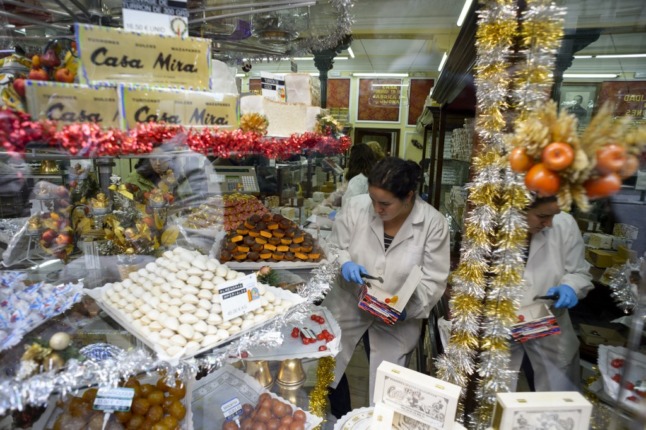
Not always sweet
There’s also a salty nougat: a delicious snack that is challenging tradition. The idea was thought up by a Michelin-starred chef in…. you guessed it, Alicante.
Turrón that breaks the bank
The festive tradition of turrón is believed to be connected to the high cost that it has always had, which is why it is saved for special occasions. Turrón can be expensive – the ‘most expensive Turrón in the world’ is believed to be from Jijona and sets you back €250 for a half kilo!
G&T (Gin & Turrón)
For the G&T lovers out there, there is nougat gin! Created in 2017, its name nods to the Arab origin of nougat: Turum.
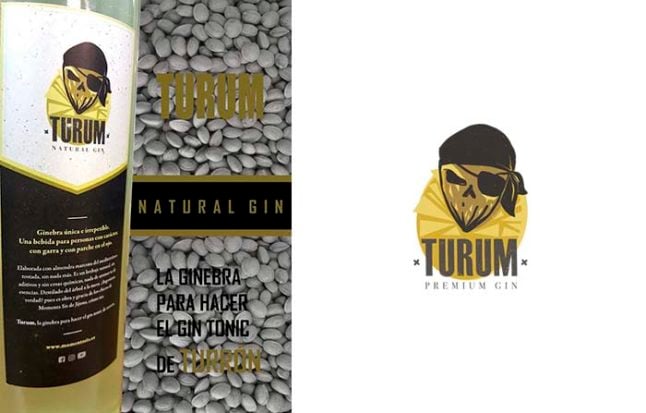
The dessert of kings
The Spanish Royal Family is reputed to have always had a sweet tooth and a soft spot for turrón. In fact, the first place where nougat was consumed was at the Royal Court, and it has been a dessert of royalty since the time of Charles V.
Turronomics
The economy of the Valencian town of Jijona is centred around turrón production. There’s even a turrón museum that chronicles the process and history of the sweet located within the factory that makes both the famous “El Lobo” and “1880” brands of turrón.
The best turrón?
According to Spain’s consumer watchdog OCU, the best turrones in Spain in 2023 is the Dor chocolate turrón sold at Lidl and the Antiu Xixona almond turrón sold at several supermarkets.
Unfortunately, OCU found that many of the chocolate turrones in the market this year don’t make the mark in terms of having too many additives and not enough nutritional value. Eight of the 17 brands the watchdog analysed were classified as “bad”, but that doesn’t mean you won’t find them tasty.

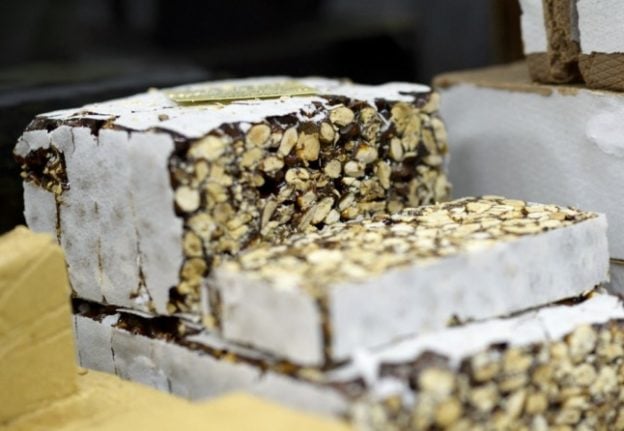
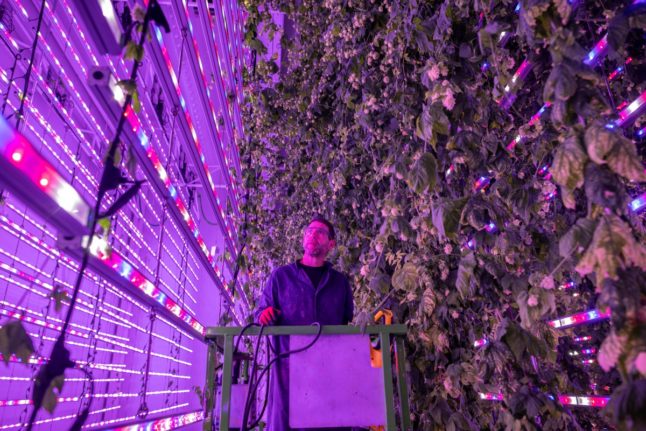
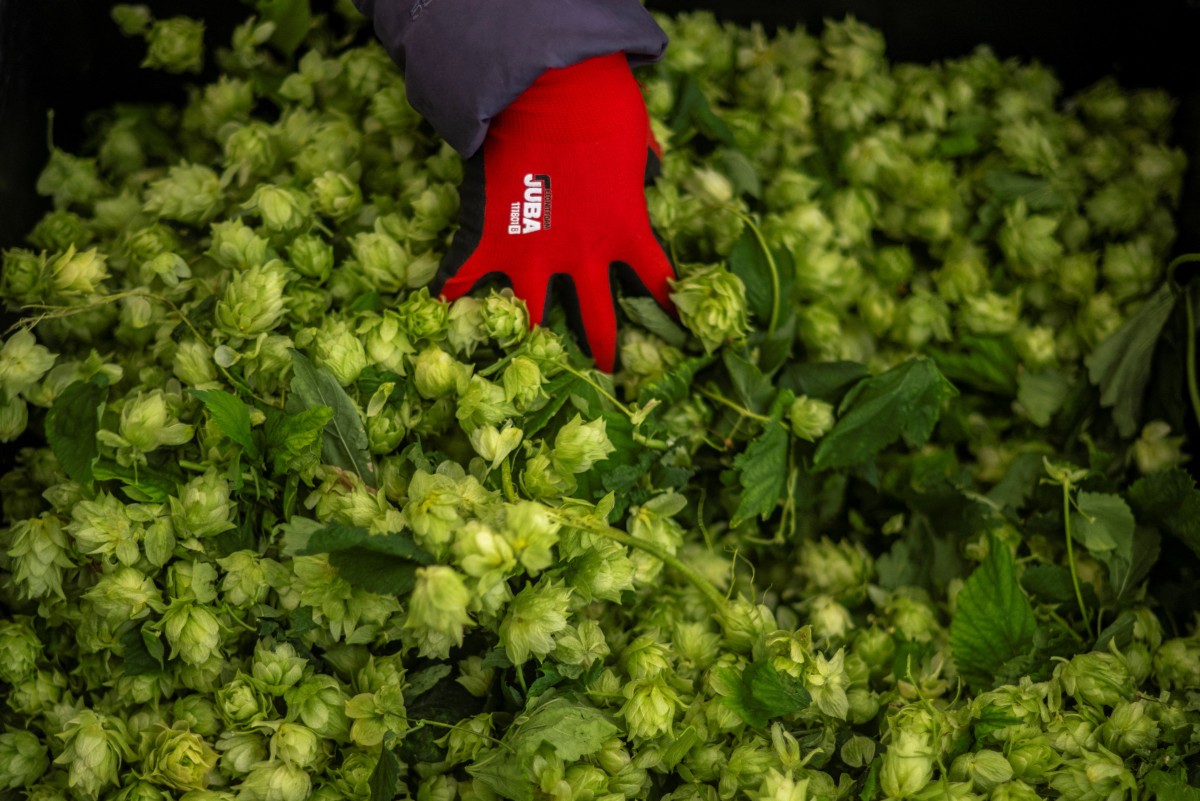

 Please whitelist us to continue reading.
Please whitelist us to continue reading.
Member comments